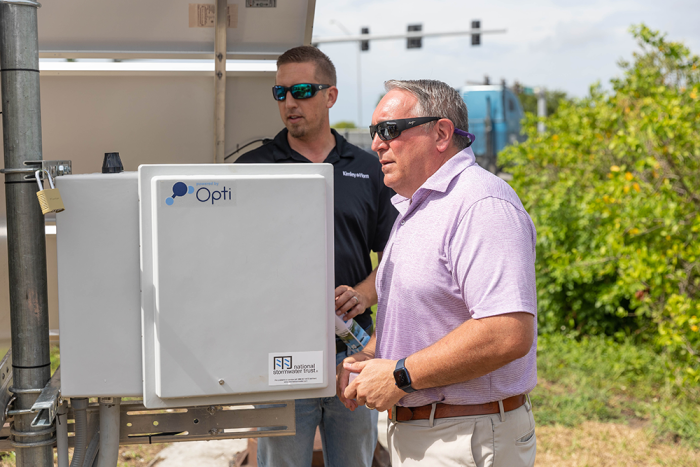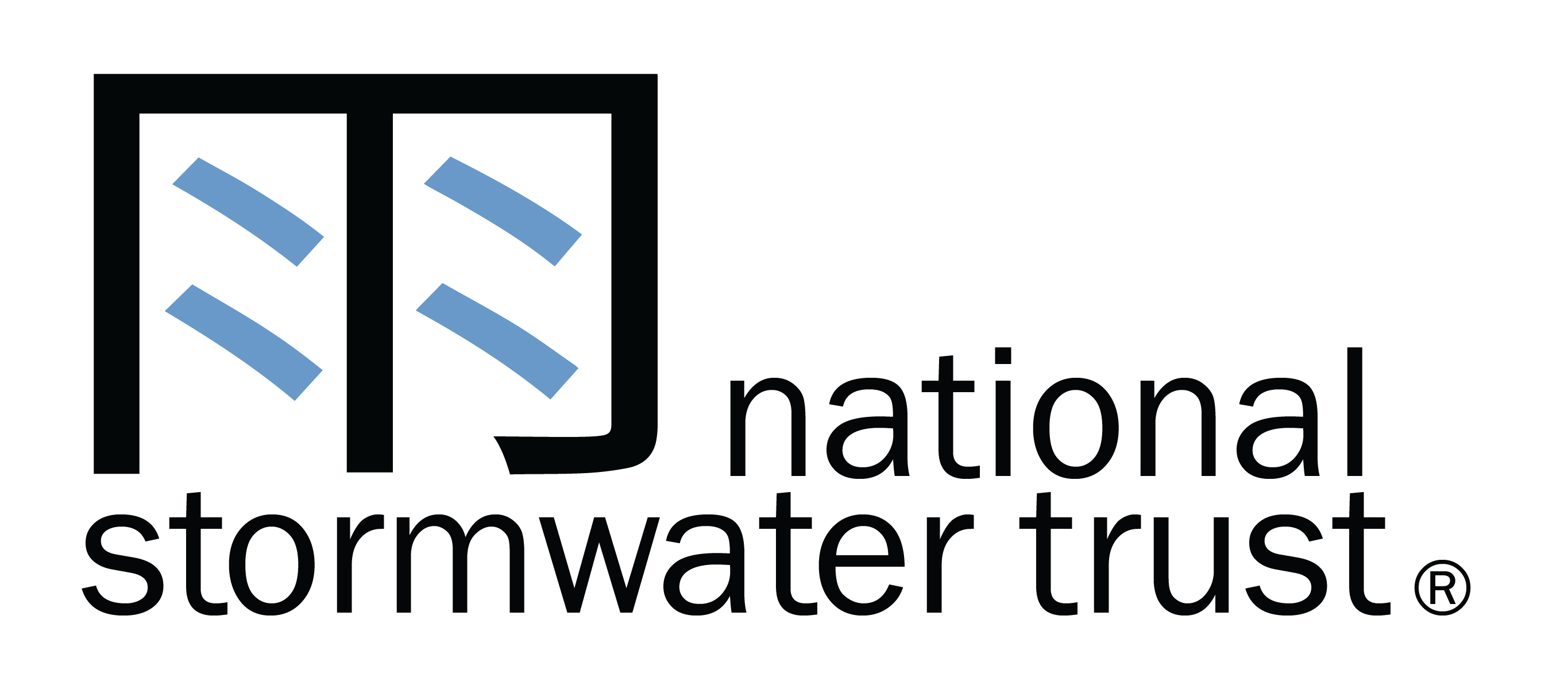Get ready, there’s a new rule coming!
In 2020, the Florida Legislature passed Senate Bill 712, also known as the Clean Waterways Act, that included a wide range of water-quality protection provisions aimed at minimizing the impact of known sources of nutrient pollution and strengthening regulatory requirements. As directed by section 5 of the Act, the Florida Department of Environmental Protection (FDEP) and water management districts (WMDs) initiated rulemaking to update the stormwater design and operation regulations for environmental resource permitting.
FDEP and the WMDs formed a Technical Advisory Committee that met 13 times from December 2020 to November 2021, resulting in a Recommendations Report that was released in March 2022. FDEP and the WMDs held a series of rule workshops from May 2022 to March 2023 to present and discuss proposed rule language. The rule was adopted April 14, 2023 but, due to the cost of implementation, requires ratification by the Florida Legislature. It is anticipated the rule will be ratified during the 2024 legislative session and will be effective no later than July 1, 2024.
The rule is long and complex, including Chapter 62-330, Florida Administrative Code, and the incorporated Applicants Handbook I, effective statewide, and the respective Applicant’s Handbook II for each WMD. Most of the rule remains unchanged; however, significant change is proposed that will affect the design, construction, and operation of stormwater treatment facilities, making most facilities larger and more complex to operate and maintain.
A very brief overview of the most notable proposed changes is presented below.
1. Increase treatment requirements across the board:
a) BMP presumptive treatment will be discontinued.
b) All new development must meet the maximum of:
i) Post nutrient discharge less than pre nutrient discharge
ii) 55%/80% reduction of post development TN/TP load
iii) Greater reductions for discharges to OFWs or impaired waters
c) Redevelopment
i) 45%/80% reduction of TN/TP for all sites
ii) 60%/90% reduction of TN/TP in OFW watersheds
2. Expand criteria for compensatory and off-site treatment removing the “last resort” and “less than 10%” criteria, enabling the new treatment requirements to be achieved in any combination of on-site and off-site treatment.
3. Increase monitoring, inspection, and reporting requirements for all facilities.
4. Provide for inspector training and certification along with an inspection checklist.
5. Require as-builts, an O&M plan, cost estimate, and more documentation of financial capability to transfer to O&M phase.
The implications to development are significant. Utilizing conventional stormwater BMPs, it is estimated that stormwater facilities could increase in size 2-3 times. This may not work in many locations, requiring the consideration of off-site treatment, more advanced treatment technologies, or a combination of these.
For current projects that already require some enhanced treatment, such as those discharging to impaired water bodies, or future projects under the proposed rule, we recommend increasing the efficiency of standard wet detention and retention BMPs with Smart Pond Technology provided by NST. Ponds equipped with that technology can meet requirements under the new rule for all new development.

